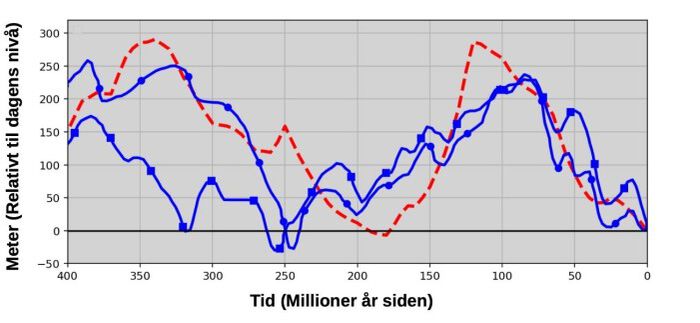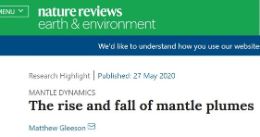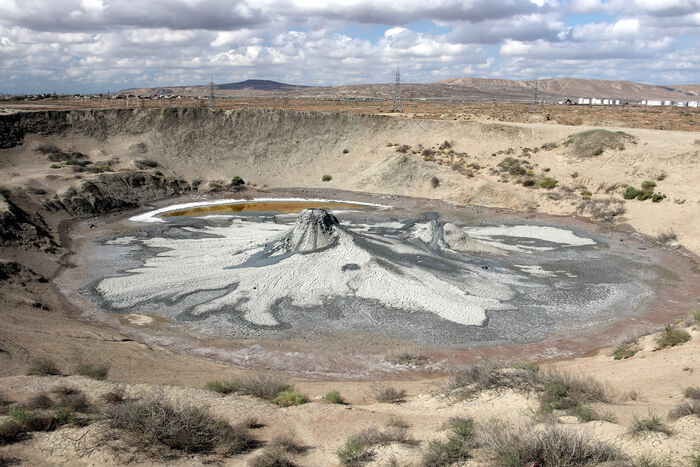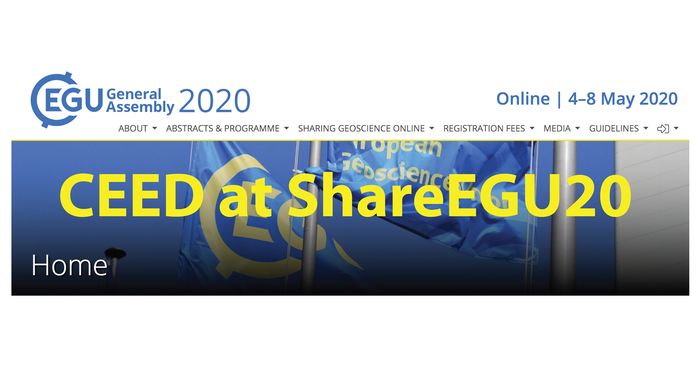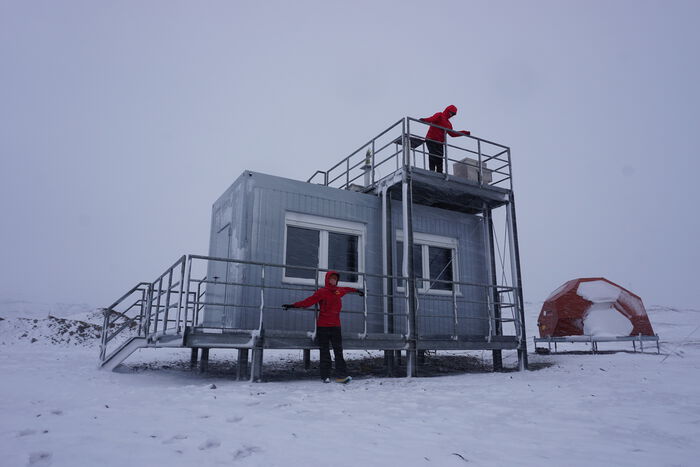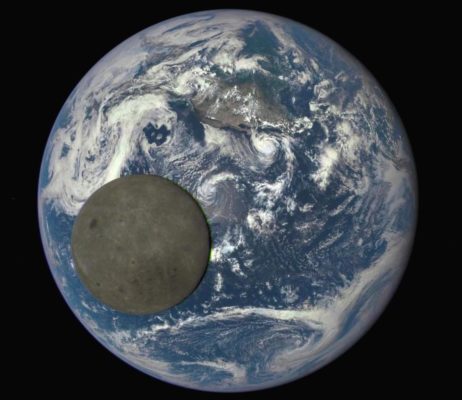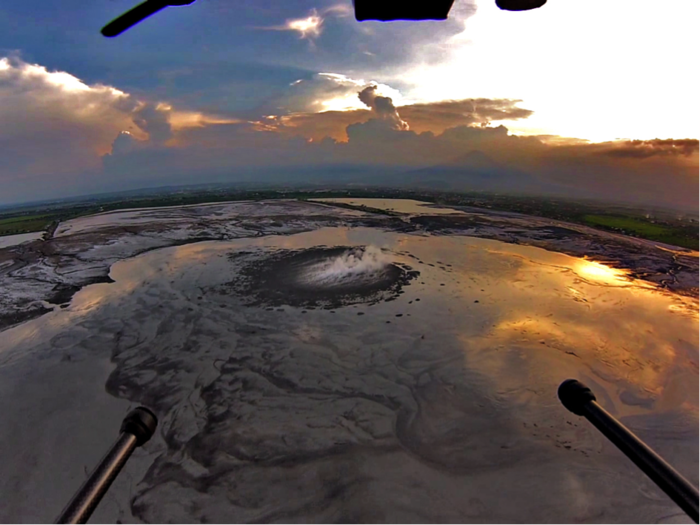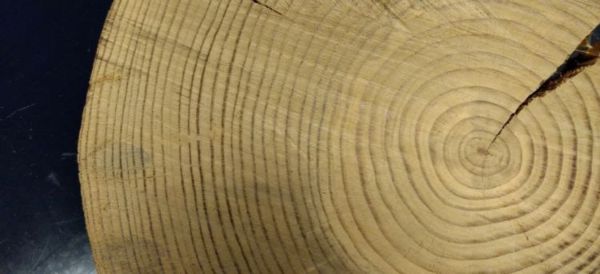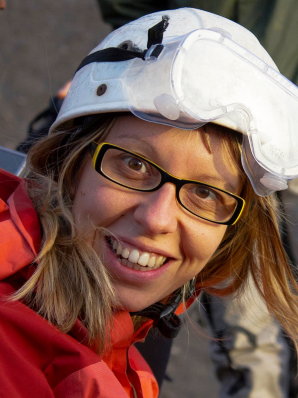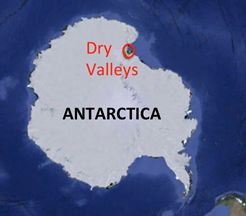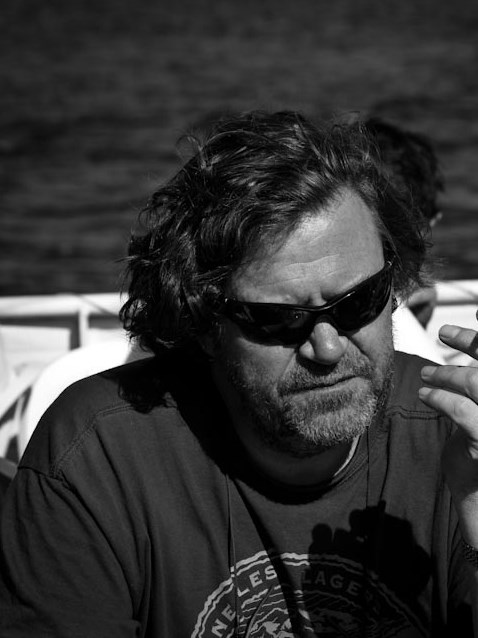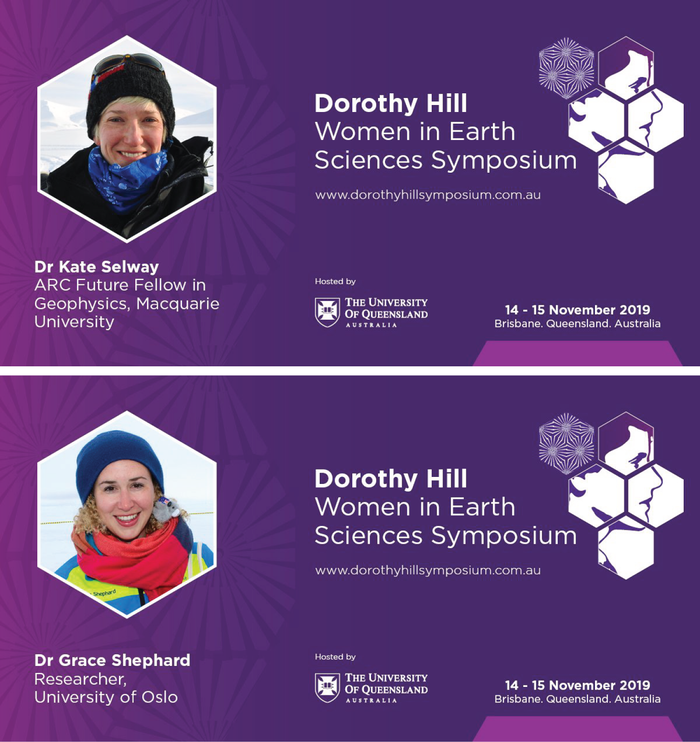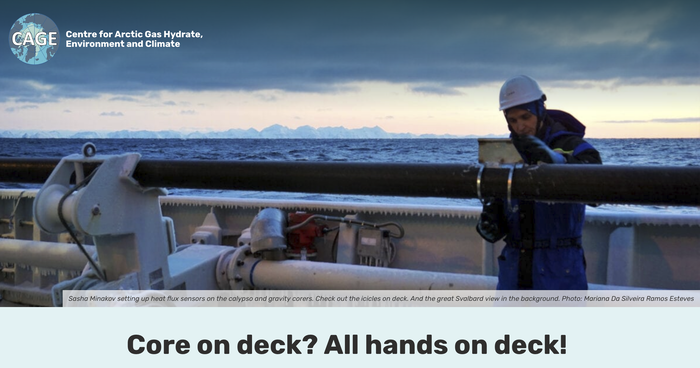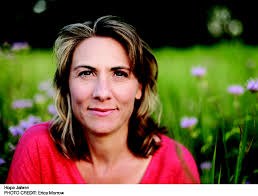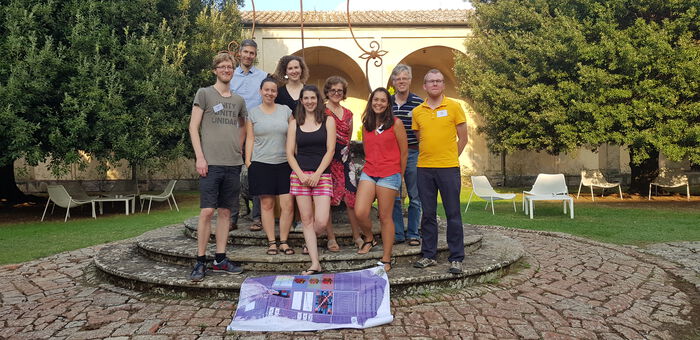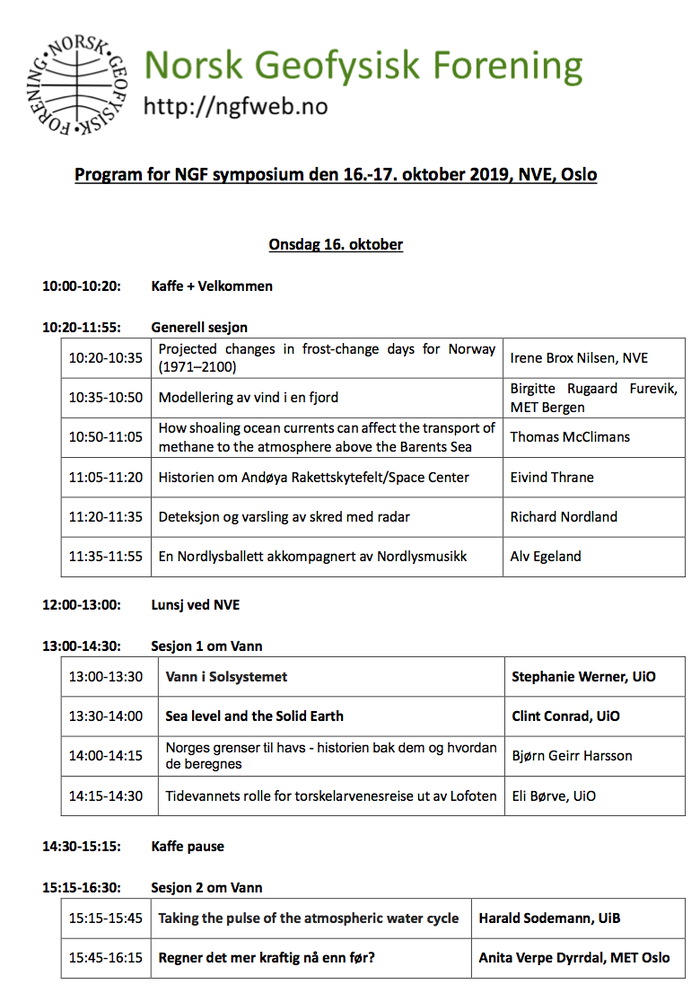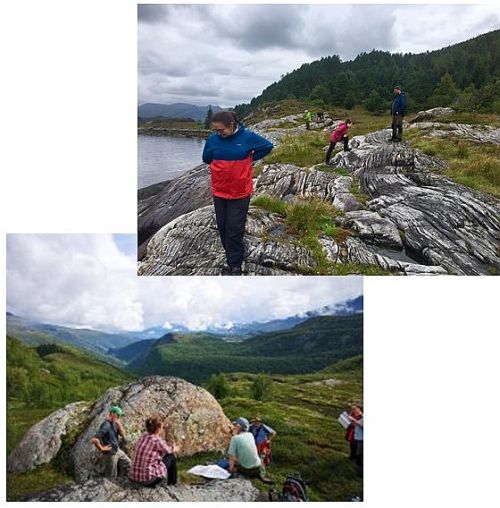Research news/ In media - Page 3
The recent JGR article by Heyn, B. et al; is featured in Nature Reviews Earth and Environment as a research highlight! Nat Rev Earth Environ (2020).
With the shift to an online EGU (Sharing Geoscience Online 4-8th May 2020), CEED members are still keen to present their research and fruit of their collaborations. Below, organized by day are the abstracts/sessions that we are involved in either as authors or convenors.
Maaike Weerdesteijn is back from a trip to King George Island in Antarctica for a side project on atmospheric and snow impurities. Read more over on the CEED Blog!
https://www.mn.uio.no/ceed/english/about/blog/2020/atmospheric-and-snow-impurities-research.html
Article on the blog of the Geodynamics (GD) Division of the European Geosciences Union (EGU), 25 March 2020.
A new international collaborative study in Scientific Reports led by CEED PhD student Alexandra Zaputlyaeva including CEED researchers Adriano Mazzini and Morgan Jones, investigates the ongoing reactions below the largest active mud eruption on Earth – Lusi.
Read more on the CEED Blog!
CEED Director Prof. Carmen Gaina has worked with colleagues to reveal how Africa is being carved from below with a new paper in Nature Communications.
Read more about this exciting study over on the CEED Blog!
Historiske kilder beskriver kulde og tåke over Europa, Midt-Østen, deler av Asia. De norrøne sagaene forteller om Fimbulvinteren (den mektige vinteren) og at Fenrisulven hadde slukt sola. Hva skjedde året 536? Det tverrfaglige UiO-forskerteamet i VIKINGS vil finne ut om det kjølige klimaet gav uro, folkevandring og vikingtokt. Les mer i A-magasinet.
Sara Callegaro is granted a "Young Research Talents" project from NFR (the Research Council of Norway). The research project title is MAPLES: Magma Plays with Sedimentary Rocks - Element exchange between magma, sedimentary host-rocks and environment.
Leaving today, 6th of December, Adriano Mazzini a researcher from GEO/CEED/UIO will be part of the 35th Italian expedition to the Dry Valleys of Antartica. Permafrost in the Dry Valleys store huge amounts of greenhouse gasses.
Forskere ved universitetet i Utrecht i samarbeid med professor Trond H. Torsvik ved CEED Universitetet i Oslo, har funnet et tapt kontinent som dukket under Sør Europa for millioner av år siden. Det skal være fra dette kontinentet at fjellkjeder som Alpene oppsto.
The 2019 Ada Lovelace Workshop included 10 CEED members (about 10% of participants and 25% of the keynote speakers!). Some highlights of the workshop below.
Researchers from CEED are travelling with a film team around Norway to unravel the opening and closure of ocean basins (the Wilson Cycle). They will make a series of short videos where each episode is one stage of the Wilson Cycle - watch this space.
